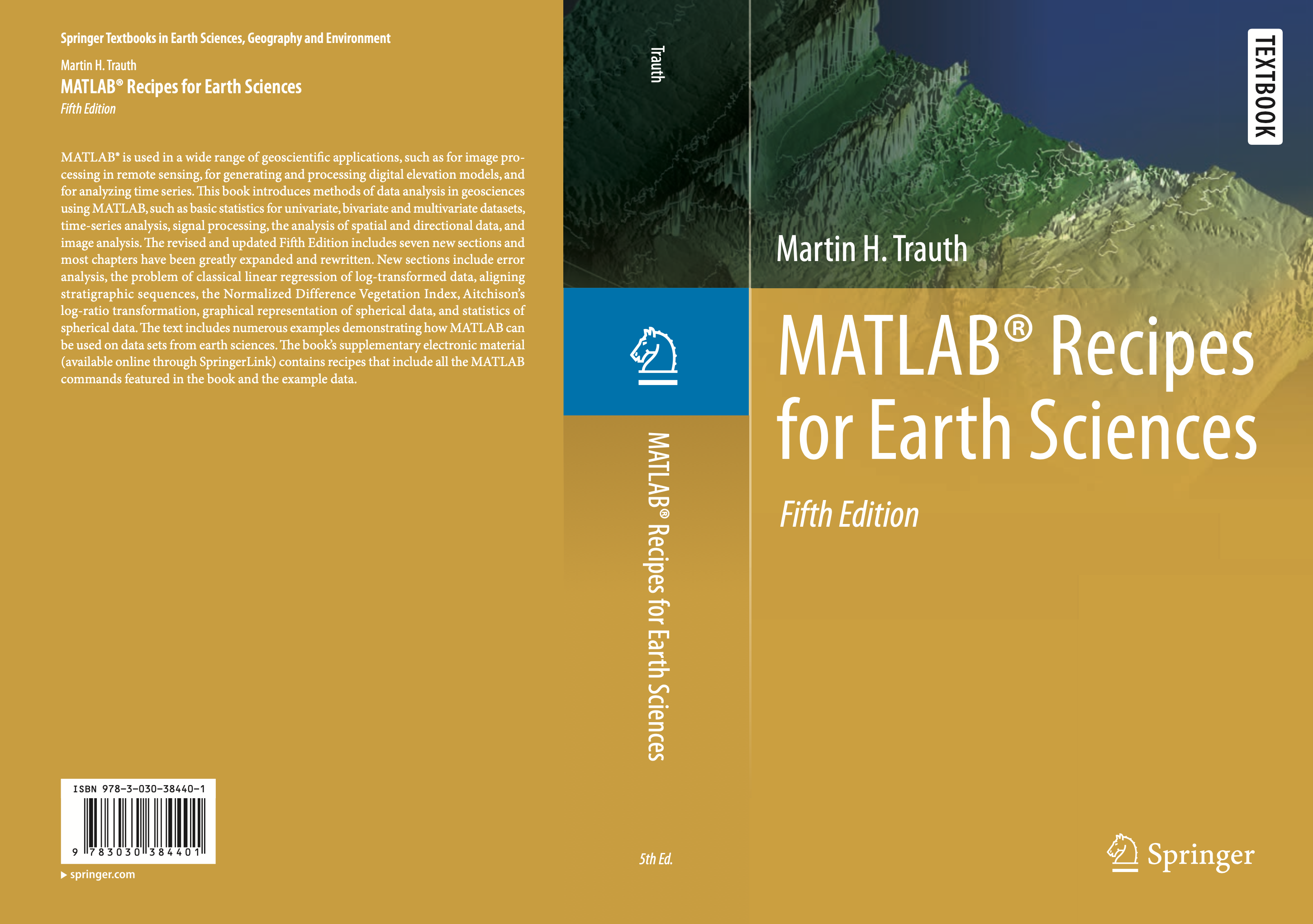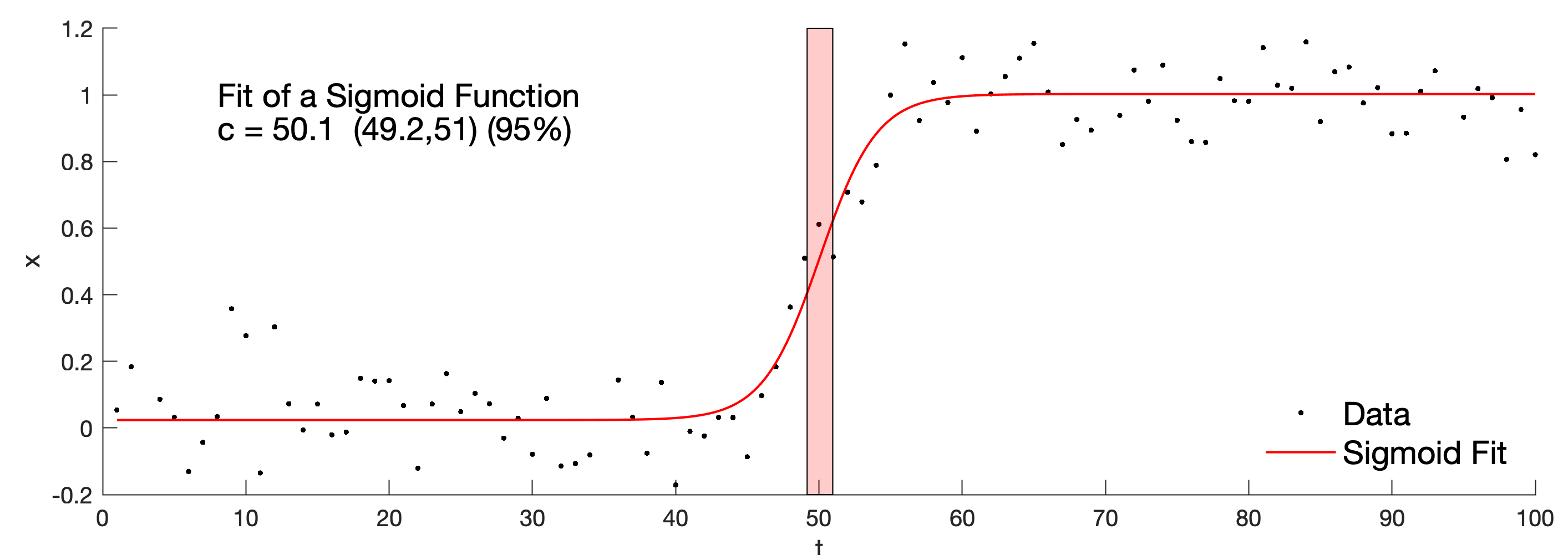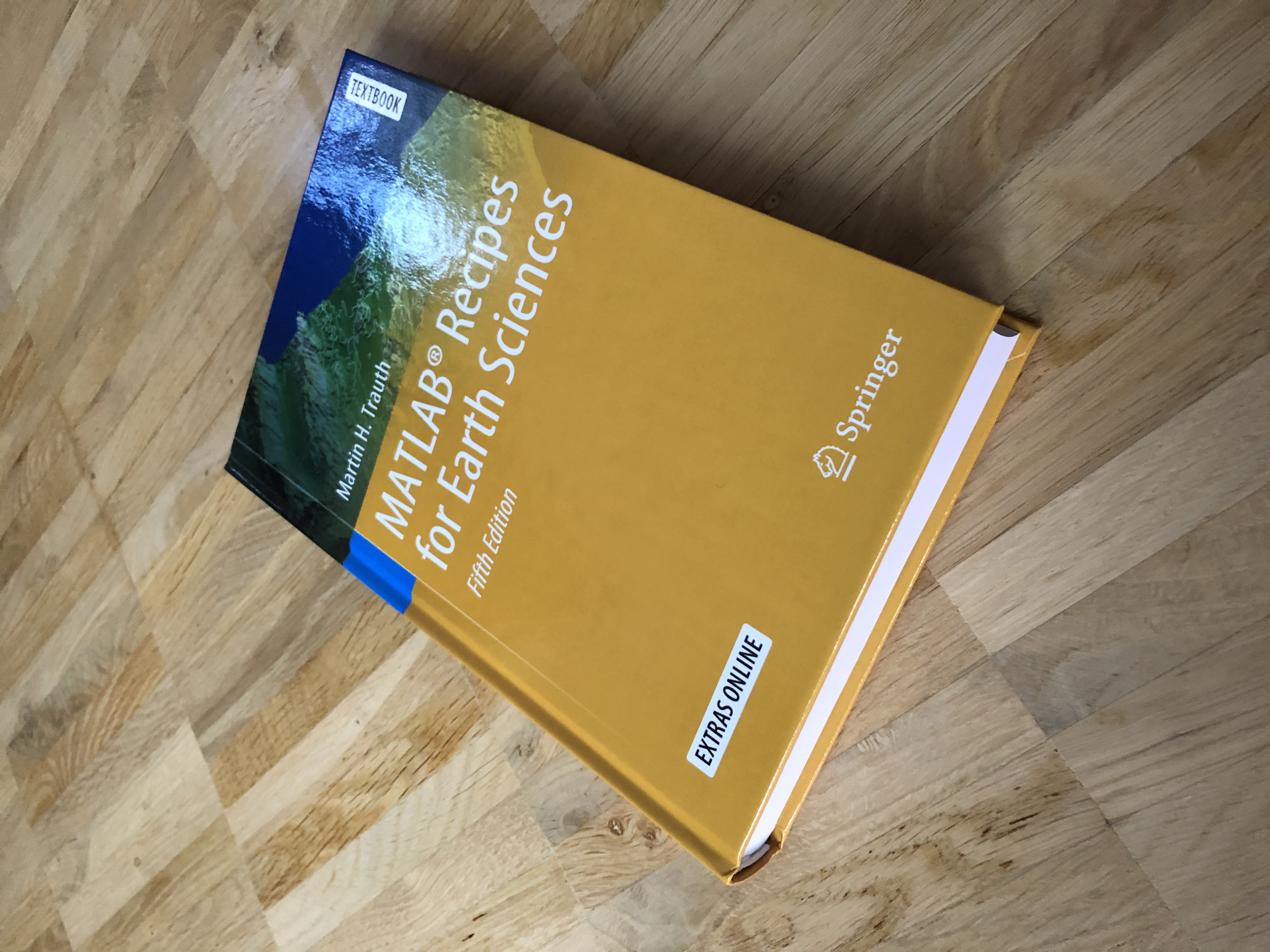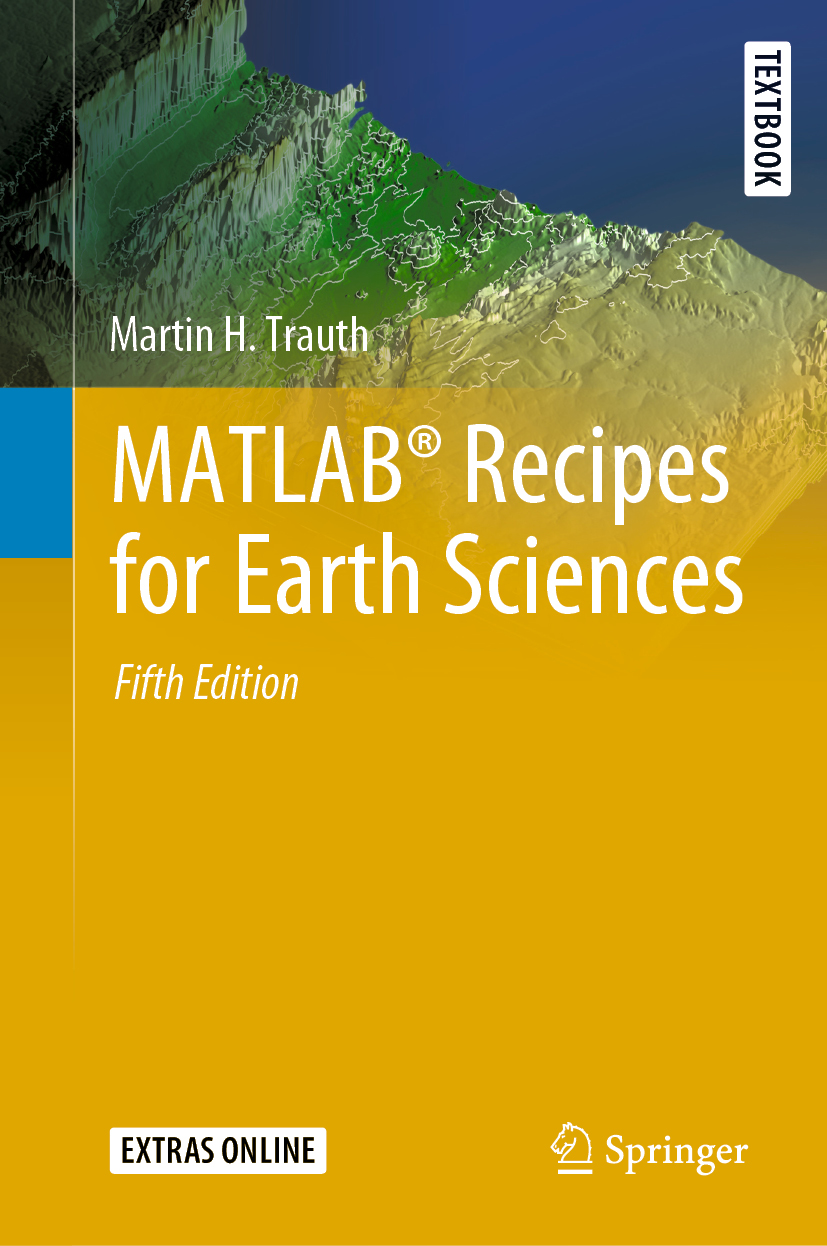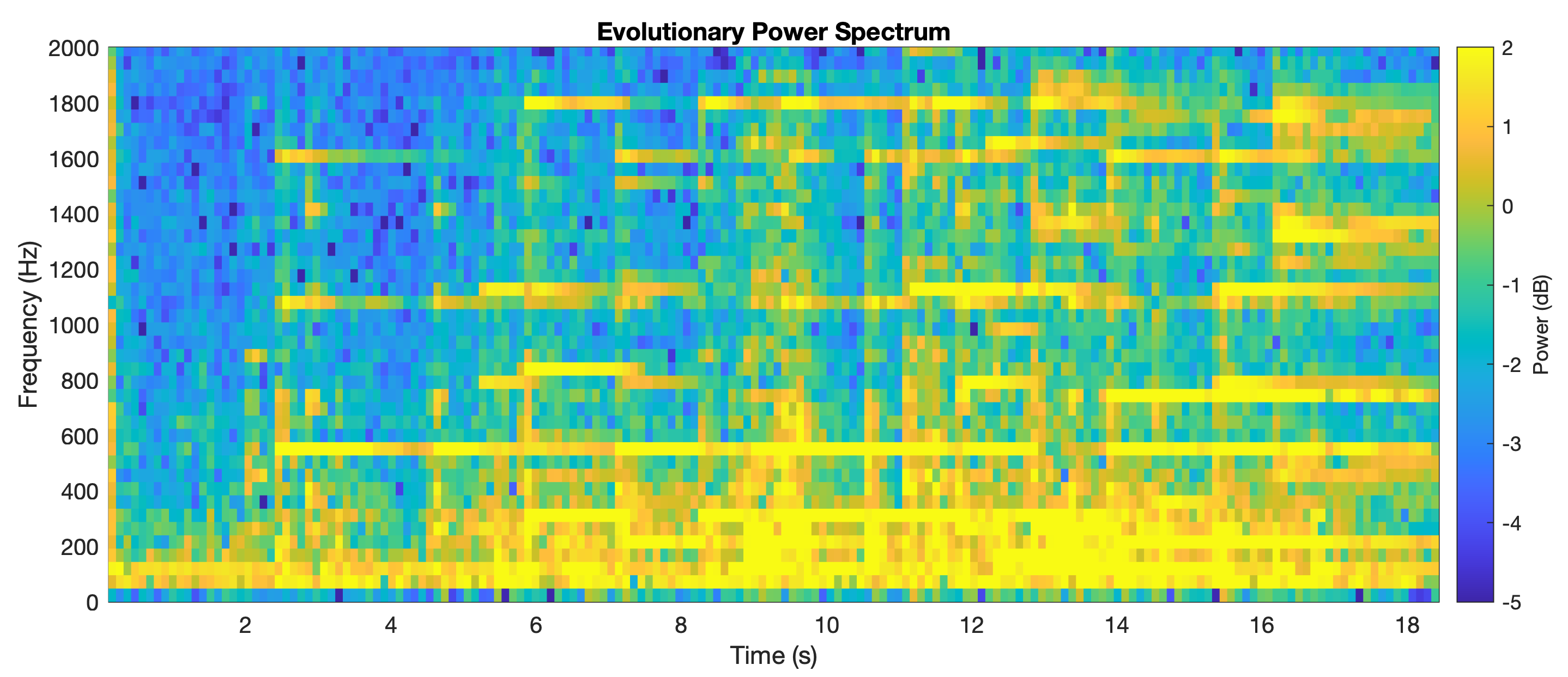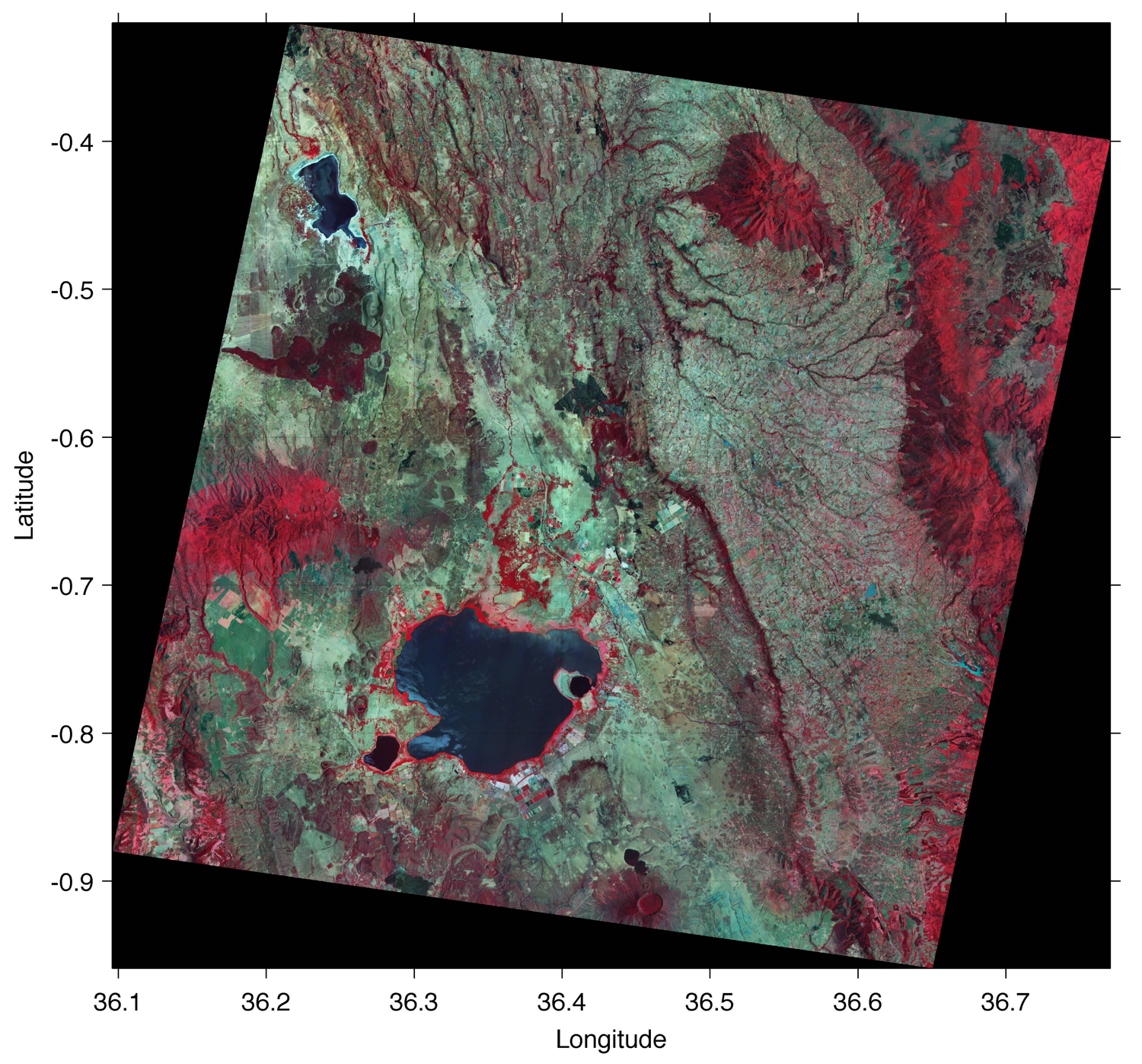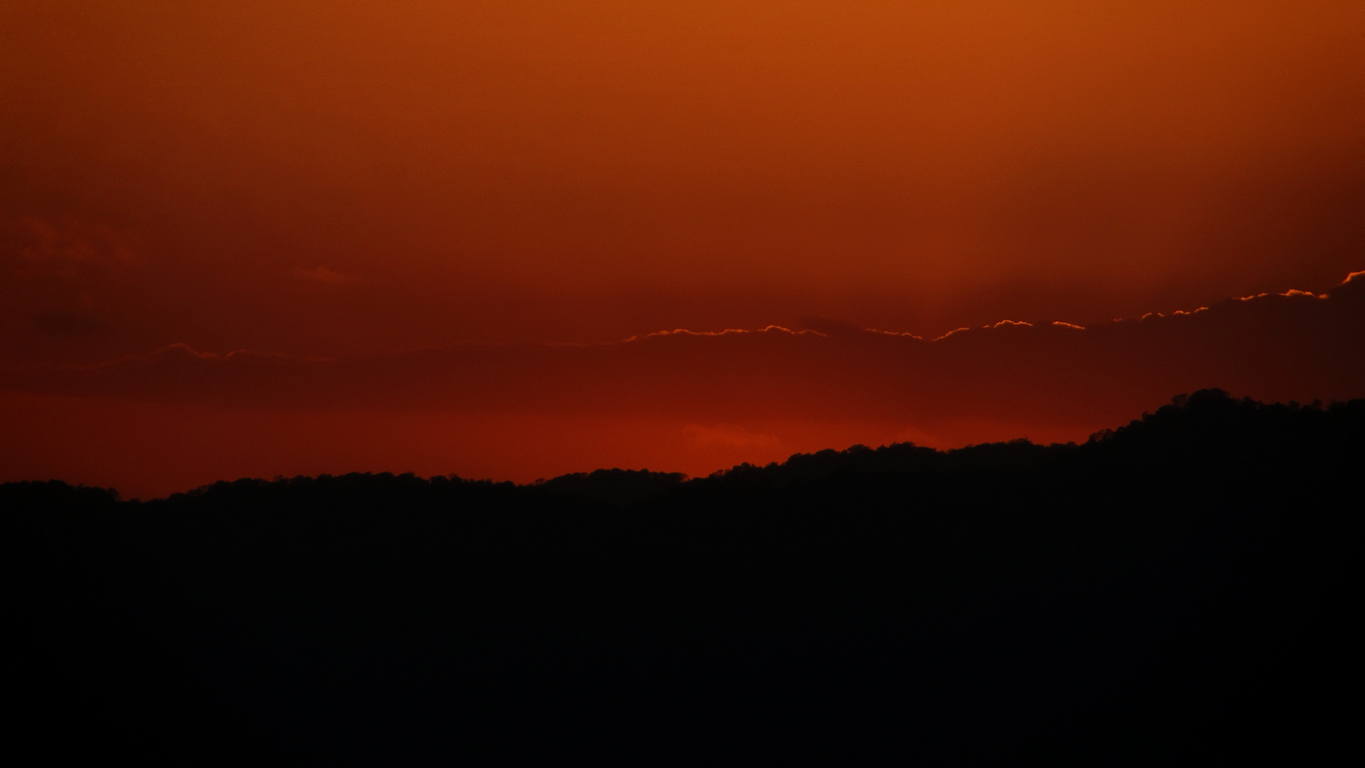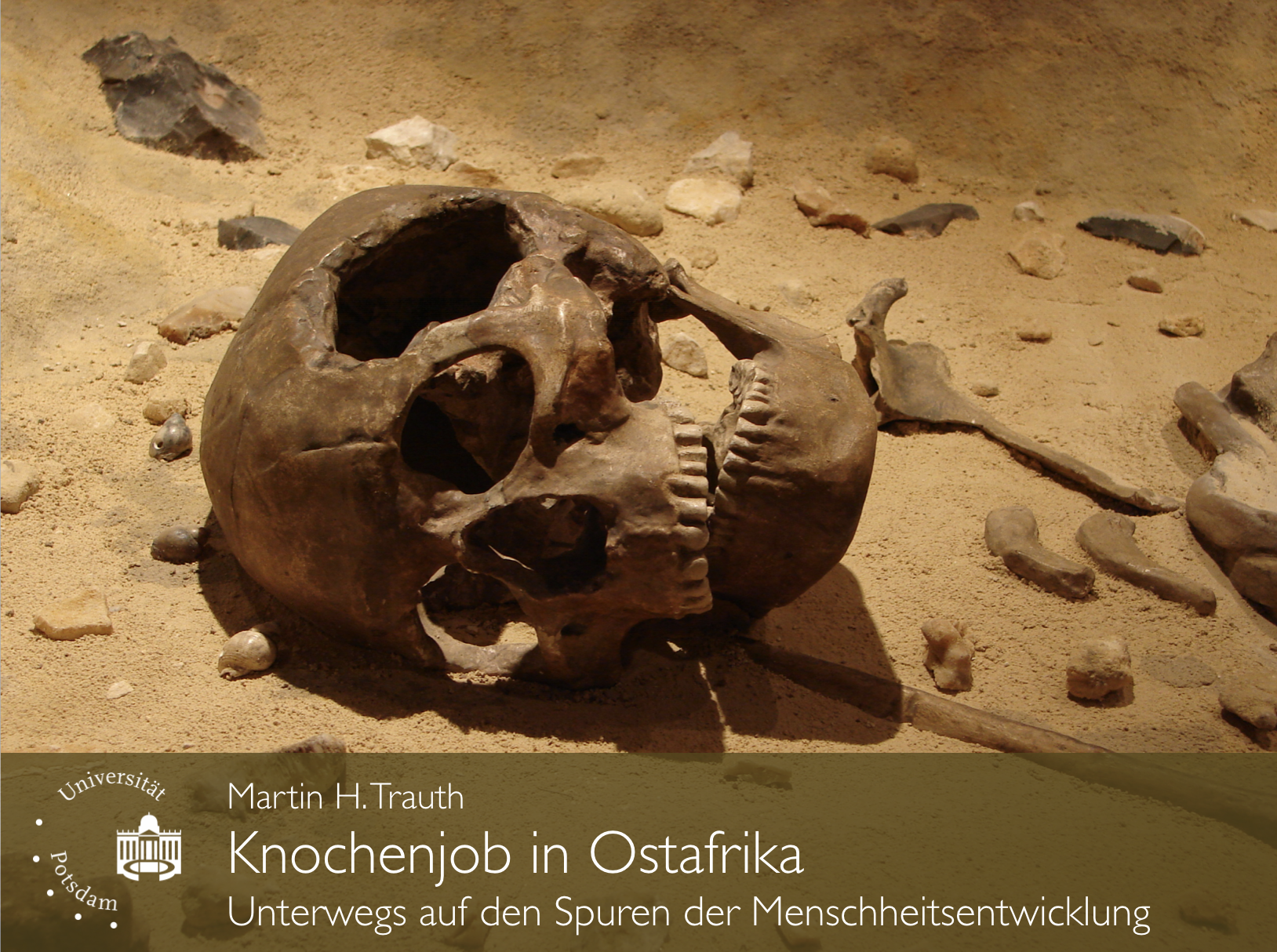During the worldwide SARS-CoV-2 pandemic, teaching at universities changed fundamentally within a few days. This also has an impact on the traditional MRES courses, which are now offered entirely online! The interactive online seminar on MATLAB Recipes for Earth Sciences will be held on 20–24 September 2021 (in English language) and 4–8 October 2021 (in German language). UPDATE: The German course is cancelled and the participants take the course in English.
Continue reading “53th and 54th Shortcourse on MRES – Interactive Online Seminars”

